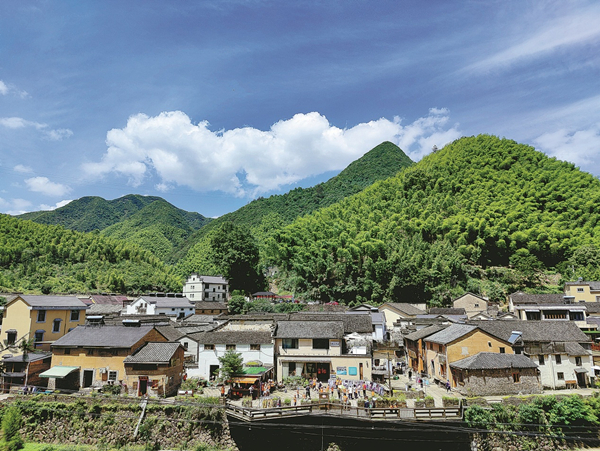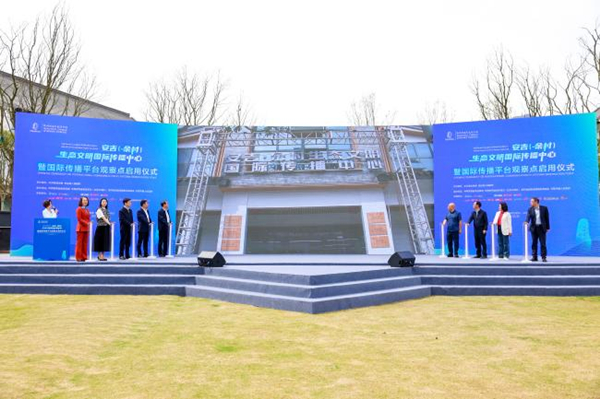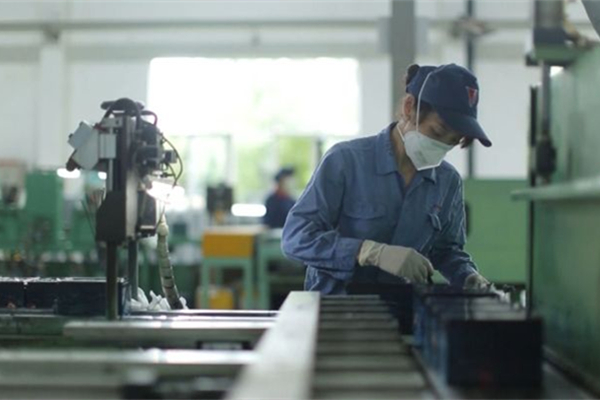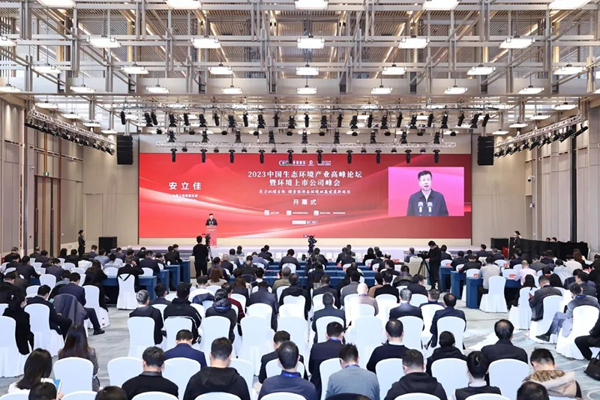Zhejiang's urban-rural income ratio falls to 1.85

The village of Shishe in Tonglu county, Zhejiang province, is rising in popularity among tourists because of its burgeoning reputation of art. CHINA DAILY
The per capita disposable income of rural residents in East China's Zhejiang province hit 28,474 yuan ($4,380.6) in the first three quarters of this year, rising by 11.6 percent year-on-year.
The income ratio between urban and rural residents in the province stood at 1.85, 0.01 lower than that of the same period last year, local authorities said at a news conference held in the provincial capital city of Hangzhou on Nov 3.
Zhejiang also released a set of development goals for its urban areas during the 14th Five-Year Plan (2021-25) period.
The province aims to increase per capita agricultural labor productivity from 41,000 yuan to more than 55,000 yuan, raise farmers' per capita annual income from 31,900 yuan to 44,000 yuan, and lift low-income rural households' annual income from 14,000 yuan to more than 24,000 yuan.
The province will seek to keep the urban-rural income ratio below 1.9.
Zhejiang will also expand efforts to beautify its villages from the current 57 percent to 100 percent, and increase the minimum annual collective income for a village from 100,000 yuan to 200,000 yuan.
In addition, the province will seek to implement good governance measures in 50 percent of its villages, up from the current 29.5 percent.
As one of China's most developed provinces, Zhejiang aims to achieve common prosperity by 2035, with its per capita gross domestic product and the income of urban and rural residents reaching the standards of developed countries.





